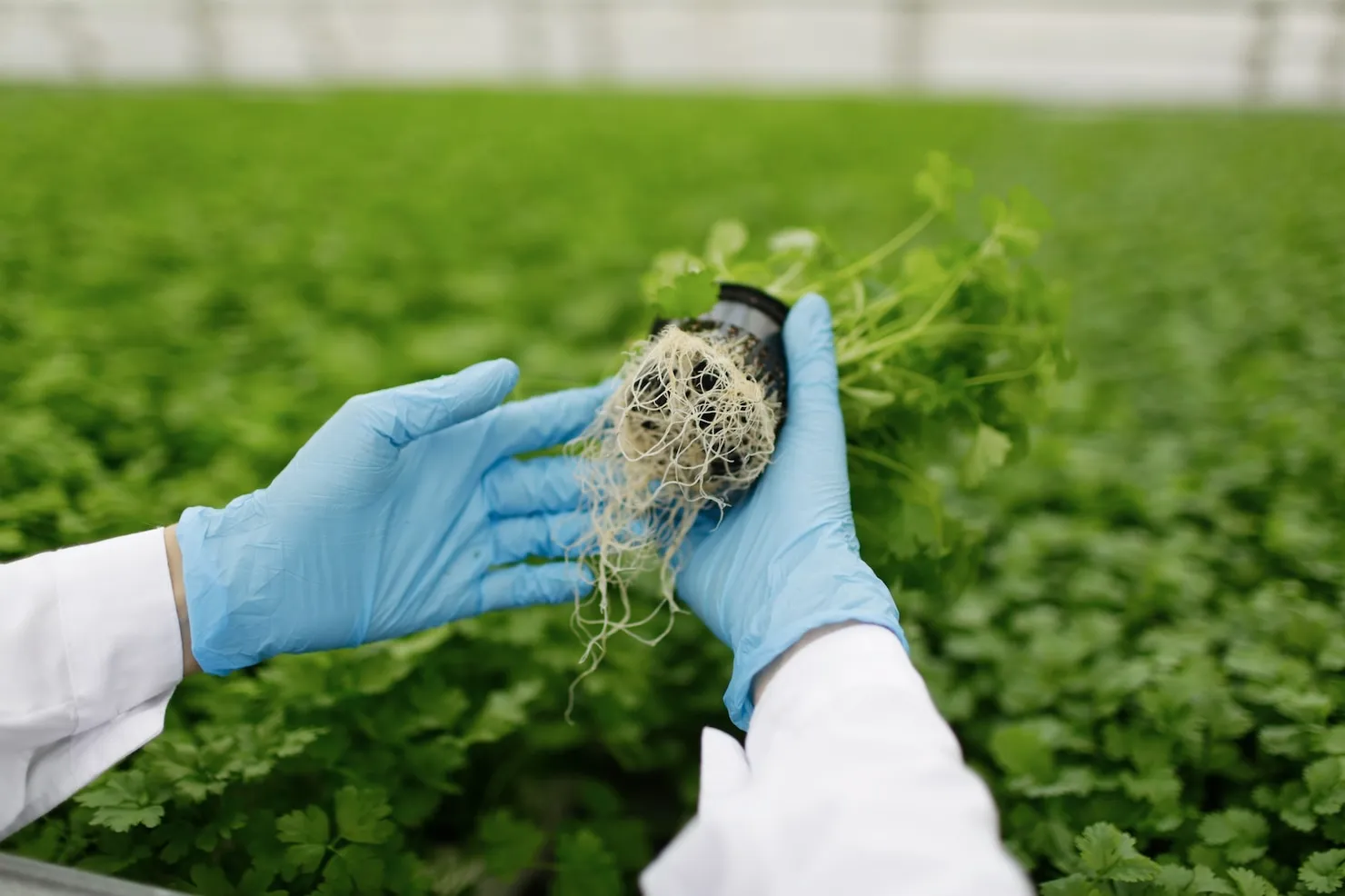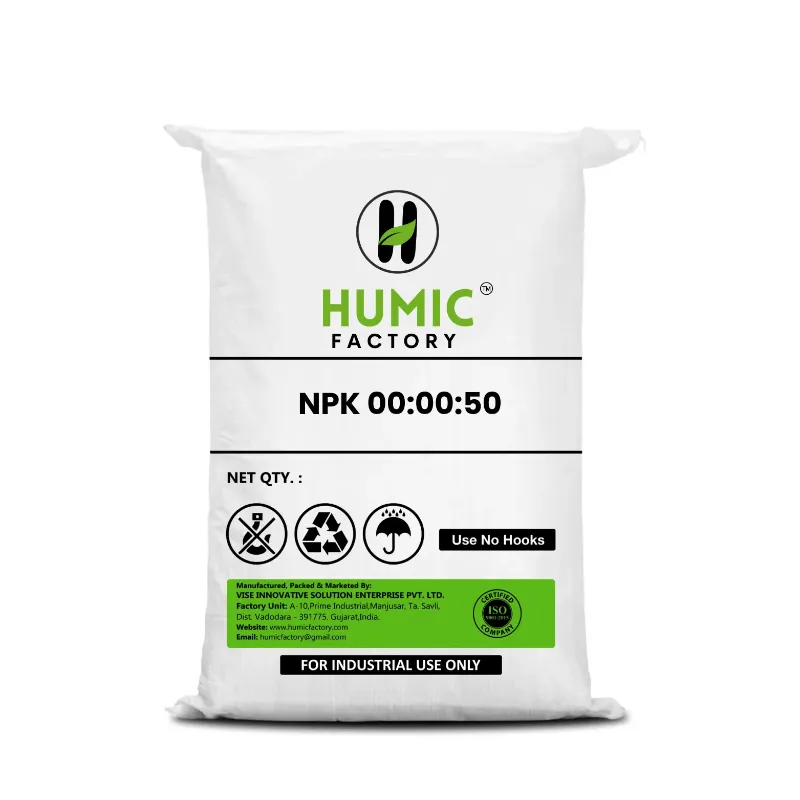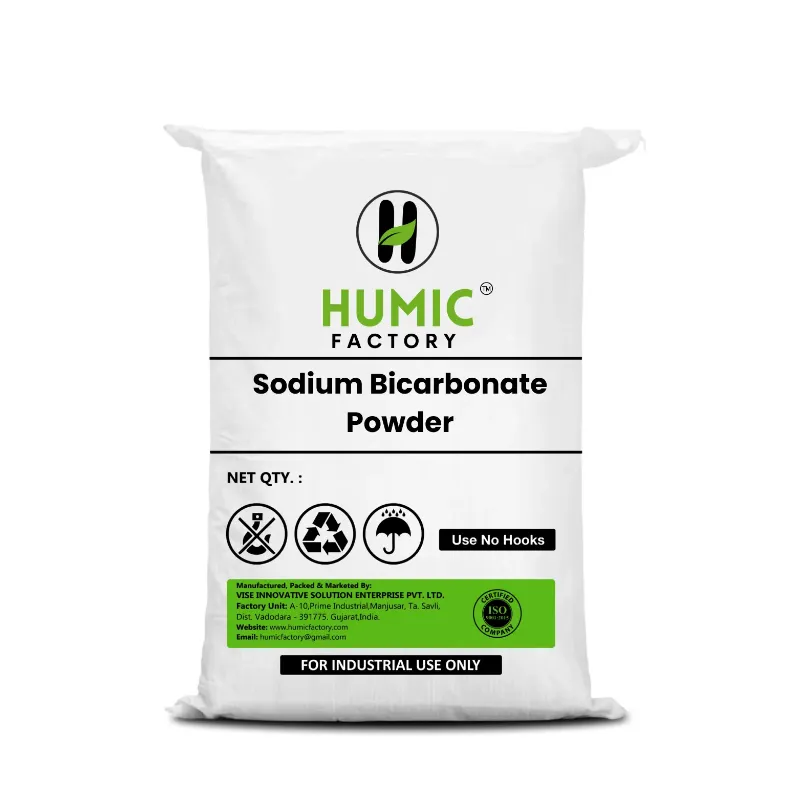Agriculture has always been dependent on fertilizers to ensure high productivity and good crop yield. However, with increasing concerns over soil degradation, environmental pollution, and excessive use of chemical fertilizers, farmers are now turning towards sustainable alternatives. One such eco-friendly solution is the use of biofertilizers. The benefits of biofertilizers are immense, offering a natural way to enhance soil fertility, promote plant growth, and increase agricultural output without harming the environment. Biofertilizers are natural substances containing living microorganisms that enhance soil fertility by fixing atmospheric nitrogen, solubilizing phosphorus, and promoting plant growth through the synthesis of beneficial compounds. Unlike chemical fertilizers, which provide direct nutrients to plants, biofertilizers work by improving the biological processes of the soil, making nutrients more available to plants in a sustainable manner. The benefits of biofertilizers include long-term soil health improvement, reduced dependency on synthetic inputs, and enhanced resistance to pests and diseases. Biofertilizers function by stimulating microbial activity in the soil, creating a balanced ecosystem that benefits plant growth. Some of the most commonly used biofertilizers include nitrogen-fixing bacteria (such as Rhizobium and Azotobacter), phosphate-solubilizing bacteria (like Bacillus and Pseudomonas), and mycorrhizal fungi, which form symbiotic relationships with plant roots. These microbes help in nutrient absorption, improving soil structure, and promoting overall plant health. One of the major benefits of biofertilizers is their ability to rejuvenate degraded soils by increasing organic matter and microbial diversity. One of the primary benefits of biofertilizers is their ability to naturally improve soil fertility. Unlike chemical fertilizers that may degrade soil over time, biofertilizers enrich the soil with beneficial microorganisms that enhance nutrient availability. Biofertilizers help plants absorb essential nutrients more efficiently. They fix nitrogen from the atmosphere, solubilize phosphorus, and release growth-promoting substances, ensuring that crops get the required nutrition. Unlike chemical fertilizers, biofertilizers do not contaminate soil and water bodies. They help reduce carbon footprints by minimizing the use of synthetic chemicals in agriculture, promoting a more sustainable farming approach. Farmers benefit economically from biofertilizers as they reduce the need for expensive chemical fertilizers. With prolonged use, biofertilizers improve soil structure, reducing dependency on external inputs over time. Healthier soil leads to healthier plants, ultimately resulting in better crop yield and improved quality of produce. Biofertilizers help plants grow more vigorously, resist diseases, and withstand environmental stresses more effectively. Some biofertilizers contain microorganisms that produce antimicrobial compounds, protecting plants from harmful pathogens. By boosting plant immunity, they help reduce the need for chemical pesticides. Excessive use of synthetic fertilizers often leads to a decline in soil biodiversity. One of the crucial benefits of biofertilizers is that they restore microbial balance, ensuring a healthier soil environment for plant growth. 1. Nitrogen-Fixing Biofertilizers: These biofertilizers contain bacteria like Rhizobium, Azotobacter, and Azospirillum, which fix atmospheric nitrogen into a usable form for plants. Microorganisms such as Bacillus and Pseudomonas help convert insoluble phosphorus into soluble forms that plants can absorb easily. These fungi form symbiotic relationships with plant roots, extending their reach and improving nutrient and water absorption. These microbes break down complex potassium compounds in the soil, making them available to plants. Some biofertilizers help in decomposing organic matter, enriching compost and manure with beneficial microbes. Biofertilizers can be applied in several ways, depending on the type of crop and soil conditions. The most common application methods include:What Are Biofertilizers?
How Biofertilizers Work
Key Benefits of Biofertilizers
1. Enhanced Soil Fertility:
2. Improved Nutrient Absorption:
3. Environmentally Friendly:
4. Cost-Effective Solution:
5. Increased Crop Yield and Quality:
6. Pest and Disease Resistance:
7. Restores Soil Microbial Balance:
Types of Biofertilizers and Their Functions
2. Phosphate-Solubilizing Biofertilizers:
3. Mycorrhizal Biofertilizers:
4. Potassium-Solubilizing Biofertilizers:
5. Compost and Organic Manure Enhancers
Application Methods of Biofertilizers
Seed Treatment: Seeds are coated with a biofertilizer solution before planting to promote early germination and root development.
Soil Application: Biofertilizers are mixed with compost or organic manure and applied directly to the soil.
Foliar Spray: Some liquid biofertilizers can be sprayed onto plant leaves for better nutrient absorption.
Root Dipping: Seedlings are dipped in a biofertilizer solution before transplantation to enhance root establishment.
Why Farmers Are Shifting to Biofertilizers ?
The agricultural sector is gradually moving away from chemical-intensive farming due to the harmful effects on soil health, water bodies, and human health. The benefits of biofertilizers make them an attractive alternative for farmers looking to maintain productivity while adopting sustainable practices. Governments and agricultural organizations are also promoting biofertilizers through subsidies and awareness programs, further encouraging their widespread adoption.
Challenges in Using Biofertilizers
Despite the numerous benefits of biofertilizers, some challenges still exist:
Storage and Shelf Life: Since biofertilizers contain living organisms, they have a limited shelf life and require proper storage conditions.
Initial Slower Action: Unlike chemical fertilizers that provide immediate results, biofertilizers take time to establish and show visible effects.
Awareness and Adoption: Many farmers are still unfamiliar with biofertilizers and need proper guidance on their application and benefits.
The Future of Biofertilizers in Agriculture
With the increasing focus on sustainable agriculture, biofertilizers are expected to play a crucial role in shaping the future of farming. Research and technological advancements are improving the efficiency of biofertilizers, making them more accessible and effective for farmers worldwide. The benefits of biofertilizers will continue to drive their adoption, reducing the reliance on synthetic fertilizers and paving the way for eco-friendly farming practices.
For farmers looking for high-quality biofertilizers to improve soil health and crop yield, Humic Factory offers a range of trusted and effective solutions. By incorporating biofertilizers into your farming practices, you can ensure better productivity, healthier crops, and a more sustainable agricultural future.





